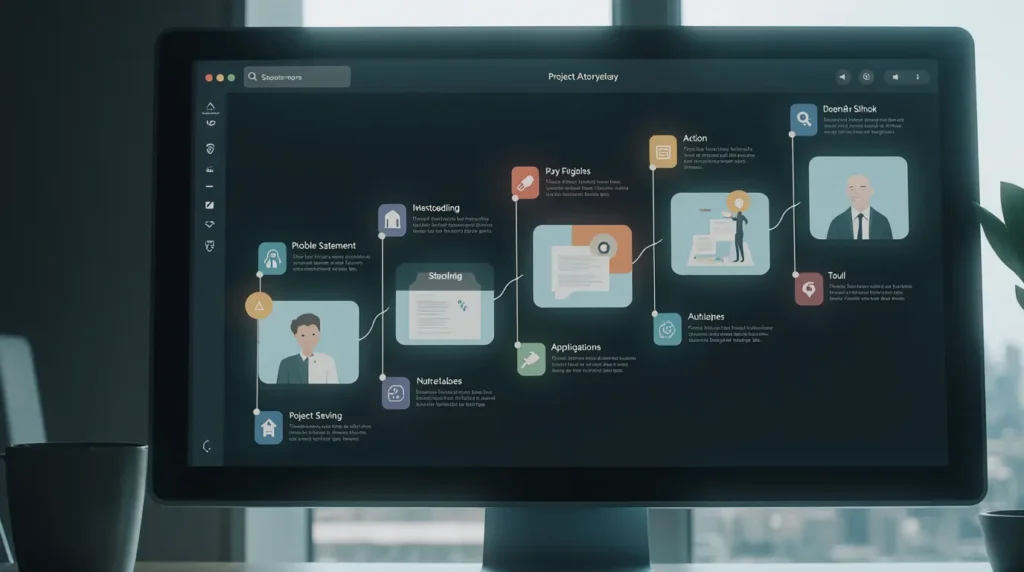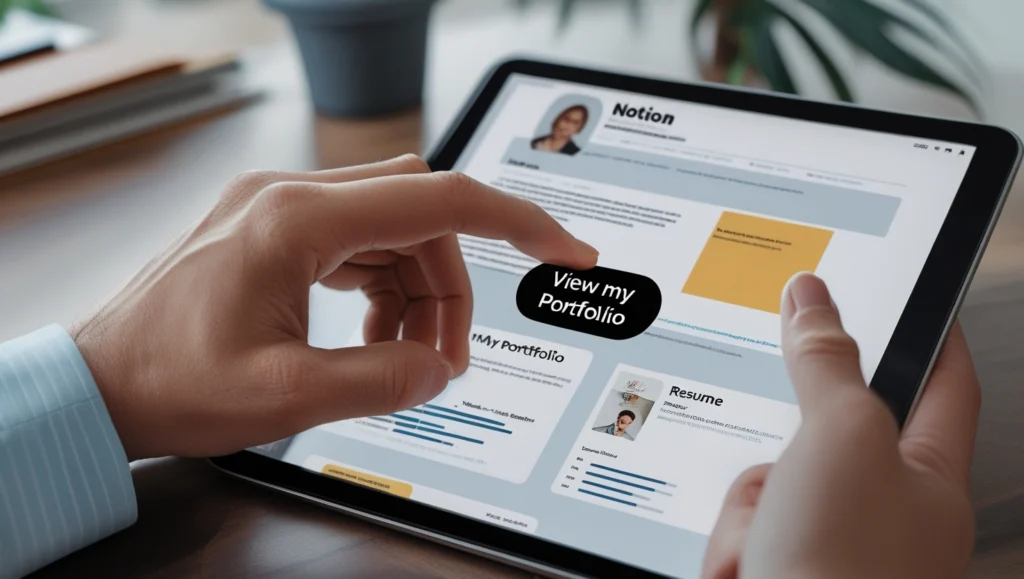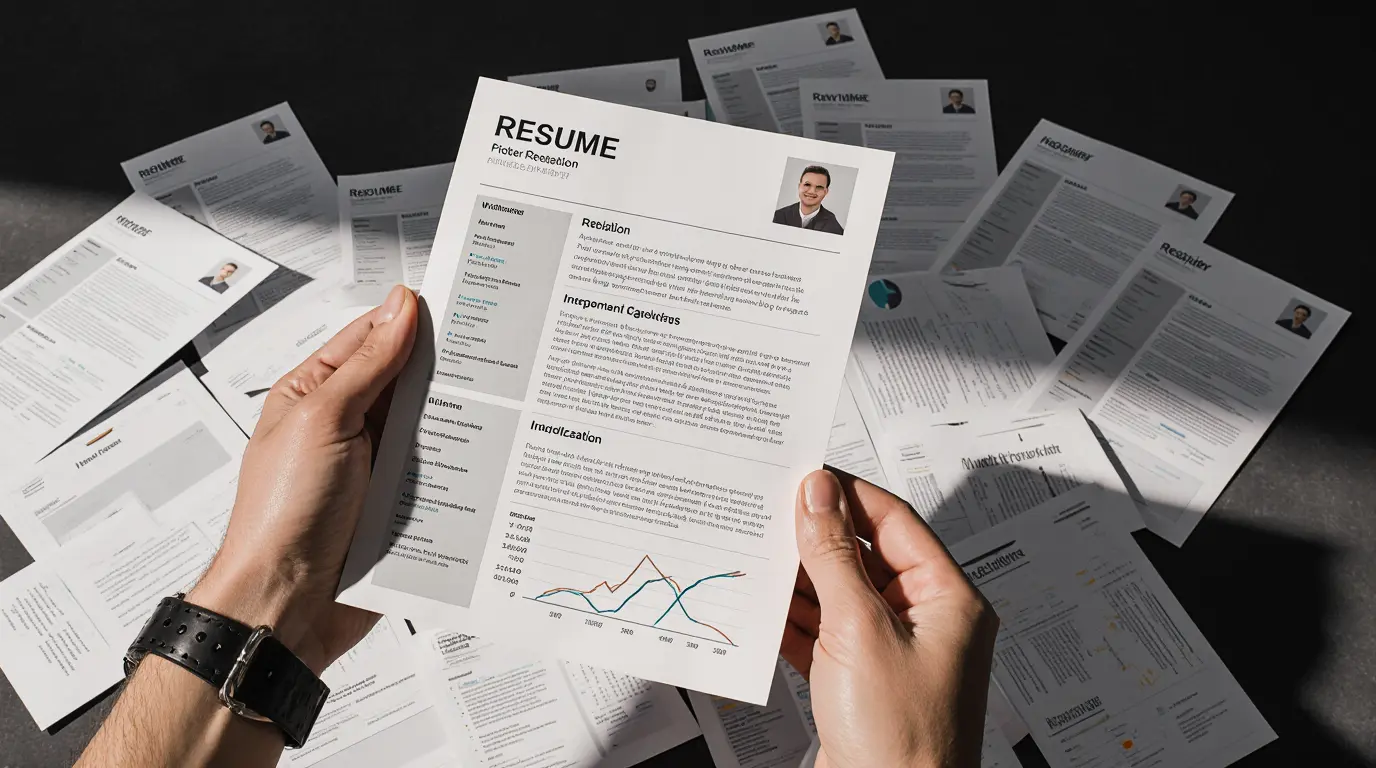The 3 Most Critical Prompt Engineering Resume Mistakes to Avoid
You’ve honed your skills, diving deep into the intricacies of AI models like GPT-4 and Claude. Yet, your inbox remains silent—no interview requests in sight. The issue might not lie in your expertise, but in your resume. Prompt Engineering is an emerging field, and recruiters seek precise signals that traditional resumes often miss. By spotting and correcting these common prompt engineering resume mistakes, you could transform your application from overlooked to irresistible—landing that dream interview.
Table of Contents
Why a Standard Resume Falls Short for Prompt Engineering Roles
Traditional resumes focus on duties and responsibilities, but Prompt Engineering is all about tangible outcomes and real-world impact. Recruiters aren’t impressed by vague statements like “Responsible for writing prompts.” They want proof: “Engineered a prompt chain that slashed customer support response times by 30%.” Think of your resume as a showcase of problems solved, not just tasks completed—it’s your ticket to standing out in the AI job market.
The 3 Critical Prompt Engineering Resume Mistakes (And How to Fix Them)
Mistake #1: Listing Responsibilities Instead of Highlighting Projects
This is the biggest pitfall: Generic entries like “Wrote and tested prompts for various AI models” say nothing about your true abilities or results. They blend into the background, failing to demonstrate your value.
The Fix: Build a “Key Projects” Section
Add a section to your resume that showcases actual samples of your work — it’s a simple way to turn it into a mini-portfolio. Use the CAR framework (Challenge, Action, Result) for each entry to tell a compelling story.
- Challenge: Describe the problem (e.g., “The marketing team’s AI-generated content was bland and off-brand, leading to high rejection rates.”).
- Action: Detail your approach (e.g., “I crafted a multi-shot prompt with persona-based instructions, incorporating negative prompts and style guide constraints.”).
- Result: Quantify the impact (e.g., “This cut manual editing time by 75% and boosted ad click-through rates by 15%.”).
Bonus example: If you’re entry-level, highlight a personal project like “Optimized a chatbot for e-commerce using Few-Shot Prompting, improving user satisfaction scores by 40% in simulations.” This approach crafts a standout prompt engineer resume that grabs attention.

Mistake #2: Relying on Vague Skills Instead of a Targeted “Tech Stack”
Broad terms like “AI” or “Prompt Writing” are as unhelpful as a developer simply listing “Coding.” Recruiters crave specifics to gauge your technical depth.
The Fix: Outline Your “AI Stack” and Specialized Techniques
Dedicate a skills section to your precise toolkit, proving you’re a pro.
- Models: GPT-4, Claude 3 Opus, Llama 3, Midjourney, Stable Diffusion.
- Techniques: Among the most effective prompting strategies are Chain-of-Thought reasoning, few-shot examples, persona-driven design, and Retrieval-Augmented Generation (RAG), which enhances outputs with external knowledge
- Tools: To implement these techniques effectively, developers often rely on tools like Python for API work, LangChain for orchestration, Jasper for content generation, and Vellum for prompt management and testing.
This level of detail is a top AI job application tip, signaling you’re ready for real-world challenges.

Mistake #3: Overemphasizing Tech While Ignoring Creative Elements
Focusing solely on jargon-heavy tech details can make your resume seem one-dimensional, overlooking the creative language skills essential to Prompt Engineering.
The Fix: Infuse Your Resume with a “Human” Touch
Treat your resume as your first “prompt”—let it showcase your blend of art and science.
- Powerful Summary: Kick off with 2-3 sentences: “A creative technologist who engineers precise, eloquent prompts to align human intent with AI capabilities, delivering measurable business results.”
- Dynamic Language: Swap bland verbs like “made prompts” for vivid ones: “Engineered,” “Architected,” “Sculpted,” “Refined,” “Calibrated.”
This demonstrates you master both the science and artistry of prompt engineering.

Bonus Tip: Include a Link to an Online Portfolio
No need for a polished website—a simple Notion page, GitHub repo with prompt samples, or Google Drive PDF works wonders. Place the link prominently at the top of your resume for instant credibility. It’s the ultimate antidote to all prompt engineering resume mistakes.

Now that your resume is optimized and ready to impress, the next step is to master the application process. Check out our complete guide to landing your first remote prompt engineer job for the full roadmap.
Frequently Asked Questions (FAQ)
Do I Need a Tailored Resume for Every AI Job Application?
Absolutely—customize it slightly. Scan the job description and emphasize matching projects and skills to show you’re the perfect fit.
How Long Should a Prompt Engineer Resume Be?
Aim for one page. Keep it concise, focusing on high-impact details—recruiters scan resumes in seconds.
What If I Lack Professional Experience?
Lean on personal projects. A well-documented portfolio of self-initiated work often trumps unrelated jobs; it’s a game-changer for resumes in AI fields.
Ready to revamp your resume?
Apply these tips today and watch the interview invites roll in. If you’re job-hunting in AI, share your success stories in the comments below—or check out our guide on “Top Prompt Engineering Interview Questions”]. What mistake are you fixing first?



